Taking Care Of Seniors Today, For A Better Tomorrow
When a fall occurs at any age it is always associated with some kind of risk, but more so when it happens to a senior. The Government of Canada reports that falls are the leading cause of injury among older Canadians with 20-30% of seniors experiencing at least one or more fall each year.
Also falls cause 85% of seniors’ injury-related hospitalizations, 95% of all hip fractures, $2 billion a year in direct healthcare costs, and over one-third of seniors are admitted to long-term care following hospitalization for a fall.
It was reported that the average Canadian senior had to stay in the hospital 10 days longer for falls than for any other cause.
Falls can result in chronic pain, reduced mobility, loss of independence and even death.
The good news is that falls are preventable and action can be taken by all.
Read the full report for more : Seniors’ Falls in Canada: Second Report
Relating Facts Can Be Hard To Your Loved Ones.
The statistics above are not meant to scare you or your elderly parents, they are simply the sad truth of what is happening year after year to seniors when they experience a serious fall. Perhaps their is no guarantee as to when and where someone may fall but being prepared for the inevitable can mean the world of difference.
First off, a dialogue should be opened regarding the safety and security surrounding your parents lifestyle. Many times we overlook the obvious hazards that they live with right inside their home. It could be as easy as removing that loose carpet in the hallway that could cause a tripping hazard or something worse.
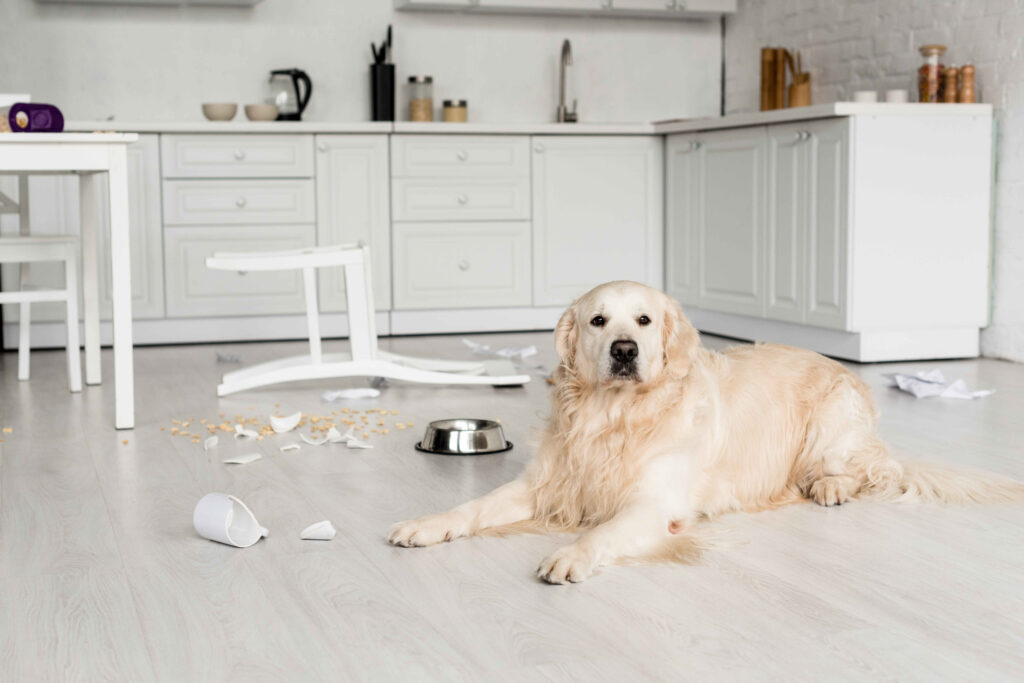
Starting where we live should be obvious, but many times it is overlooked. A simple assessment is important with ongoing inspections to ensure they are living in a safe and less risky environment from falls. Here are some helpful hints on how to assess the home that only requires a simple walk thru.
Falls Prevention Ways & Safety Tips
Clutter free – Keeping the home neat and tidy is important and can help eliminate tripping hazards. This may seem simple but it is proven to be effective.
Grab Bars & Hand Rails – These are essential around stairs, bathrooms and other areas that may require assistance to the senior if needed for safety.
Light it Up – All areas of the home should have sufficient lighting available to avoid any dark spots that could cause problems. Creating a schedule to ensure all light bulbs are properly checked on an ongoing basis to reduce any prolonged burned bulbs and dark areas for your parents if at all possible.
Non Slip – Reducing hazardous slippery areas that could potentially cause a fall is important. If you find any floors including kitchens and bathrooms to be questionable simply install non slip adhesives for added protection.
The above assessment alone will help you understand the living conditions your elderly loved ones will face on a daily basis within their home. By eliminating some of the hazardous elements above, you may find yourself sleeping a bit more confidently knowing that care and consideration was taken into assessing their living arrangements.
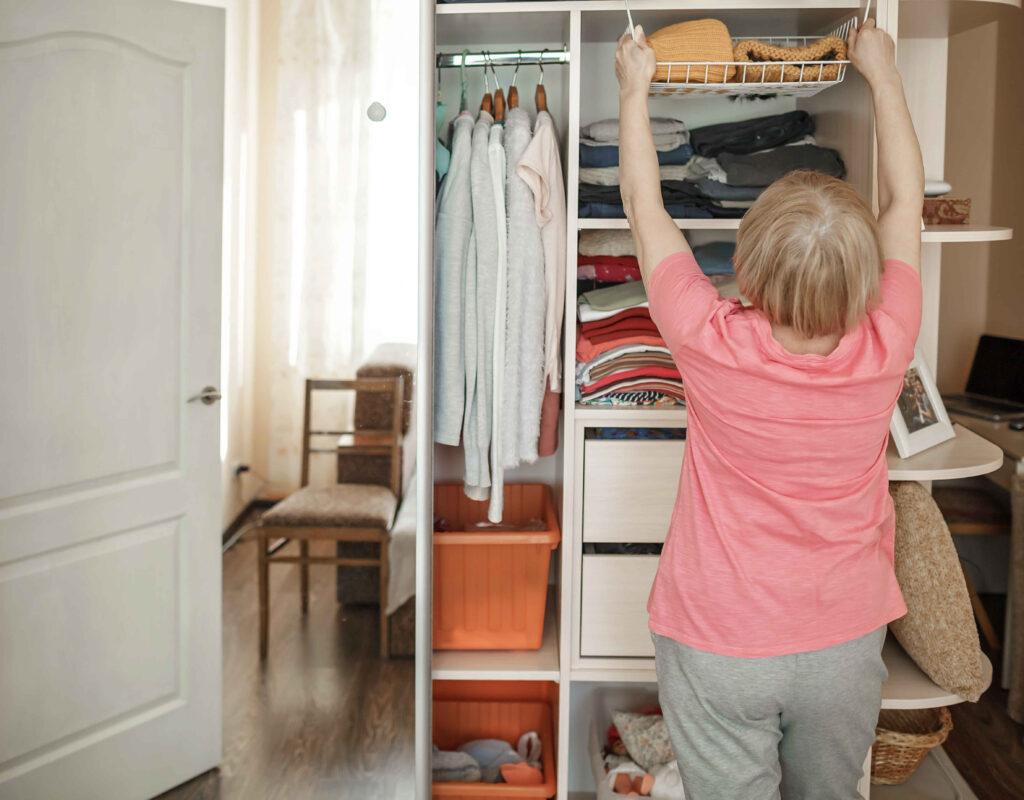
Taking More Steps In The Right Direction
The next step in potentially helping a senior reduce the risk of falls is to walk in their shoes for a day. Ok perhaps not literally, but at the very least go through their wardrobe and ensure they are not wearing loose clothing that could possibly get caught up on something. Here are a few things to consider when doing so:
Loose Clothing – Ensure daily wear is not a hazard. This means pants, dresses or even overnight clothing is not too long where it can cause a slipping hazard if it extends past their feet or footwear.
Well fitted & Sturdy Shoes – Loose shoes or slippers have been known to cause problems of stability and can be a leading cause of a fall. Footwear should always be the right size and snug around the feet to ensure proper balance.
Walking Aids – There may be a time where your parents may need some sort of walking aid to assist them in mobility or areas more difficult to travel inside and out of the home. Make sure to see proper advice from a professional who sell these aids to ensure proper size and function.
Now that you have assessed their living conditions as well as their lifestyle, the next opportunity would be to test their environment. This would require you to test every activity they would be required to do on a daily basis. Here are some examples in no particular order that can be done to find any possible concerns:
Shower / Tub – Take a shower as your parents would do, this would require you to fully go through exactly what they would on a daily basis and help you assess any potential hazards. This may be the only way to ensure an adequate and honest assessment. If you feel uneasy or vulnerable at anytime you can be assured the same or more would be applied to your elderly parents.
Toilet – Is the toilet at an adequate height where they can easily and safely sit without a problem or concern. Is the toilet paper roll easily accessible? Is the seat cover loose? Truly experiencing what they will experience can help you understand any problems they may encounter.
Kitchen – Anytime your elderly loved one may utilize the kitchen experience what they may go through in preparing a meal or even cleaning dishes. Ensure everything is in reach without struggle, cabinets, freezer, sink and dishes. Its amazing how essentials are overlooked on a daily basis that could have been easily rectified.
The Final Piece of The Puzzle
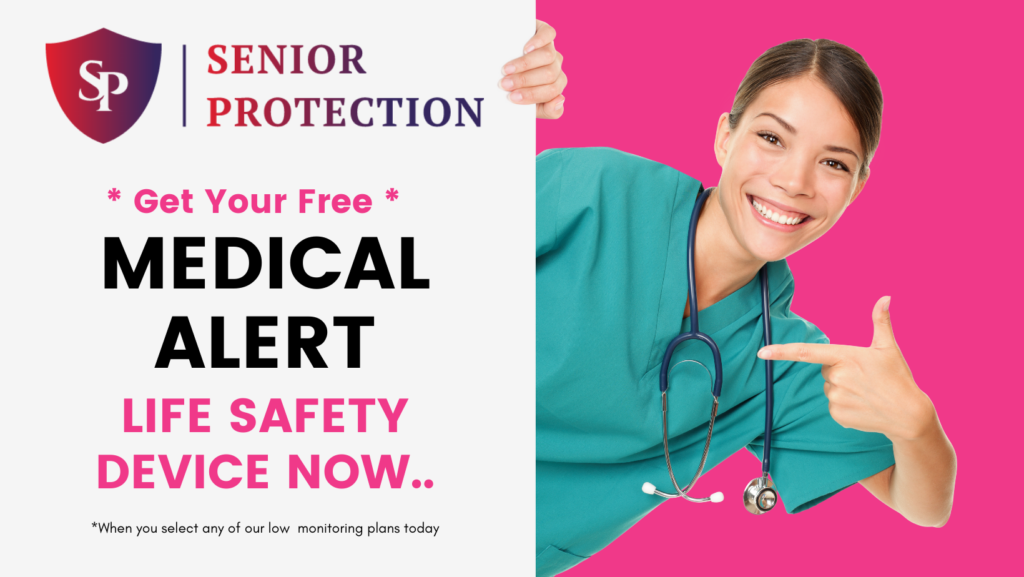
Now that you truly have lived in their shoes, assessed their living conditions and properly enhanced their safety, the final “To Do” on the list is to ensure help is available when they need it most.
Let’s face it, no matter how safe it may be, a fall or accident can or will still happen eventually. The last piece of the puzzle is ensuring they can access the help when they need it most from anywhere they may encounter it.
A medical alert device, (also known as a personal emergency response system) is one of the best ways for anyone to communicate with help in almost any emergency. Most falls or accidents leave the victim helpless and unable to move or access a form of communication. With a medical alert device with possible built in fall detection or immediate SOS push emergency button, help can immediately be contacted during or after the fall.
Medical Alert devices can come in different forms such as a necklace or even a wristband allowing the senior to wear it and be protected 24/7.
Family members and caregivers can immediately be notified through SMS the moment the button is pressed or if a fall is detected.
Contact your local PERS provider at Senior Protection for more information on how they work and how you can obtain one for your loved one.
Senior Protection currently provides medical alert services across Canada and can cater the device and service to work specifically for your needs.
For more information and to get started on protecting your loved one today, contact our customer care team at 1 866 416 0838
Only pay for the services that keep you or your loved ones safe.

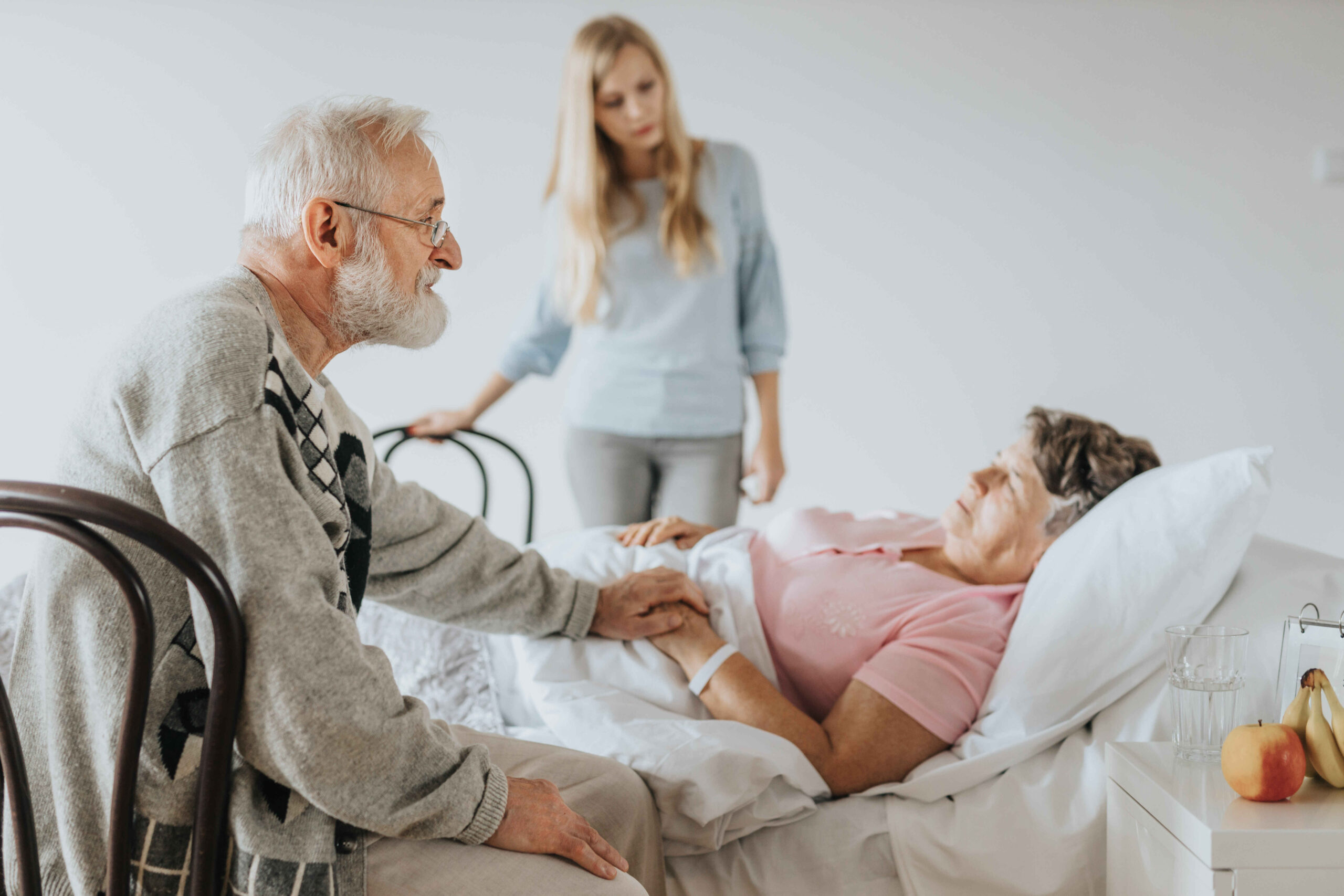
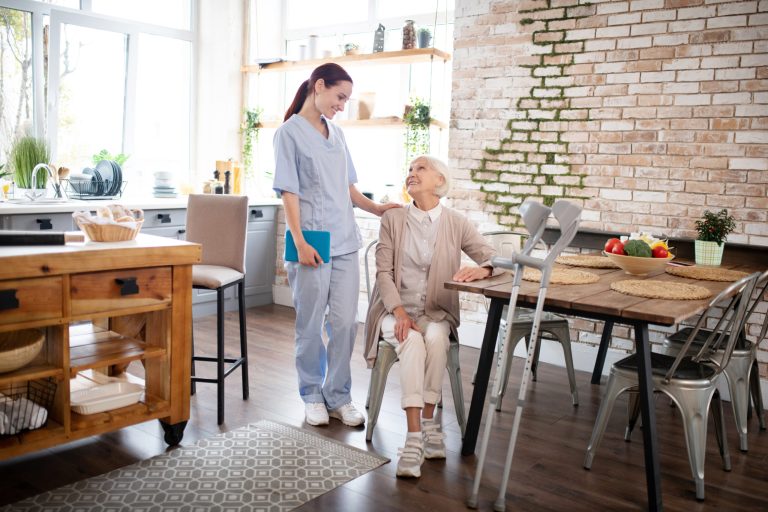
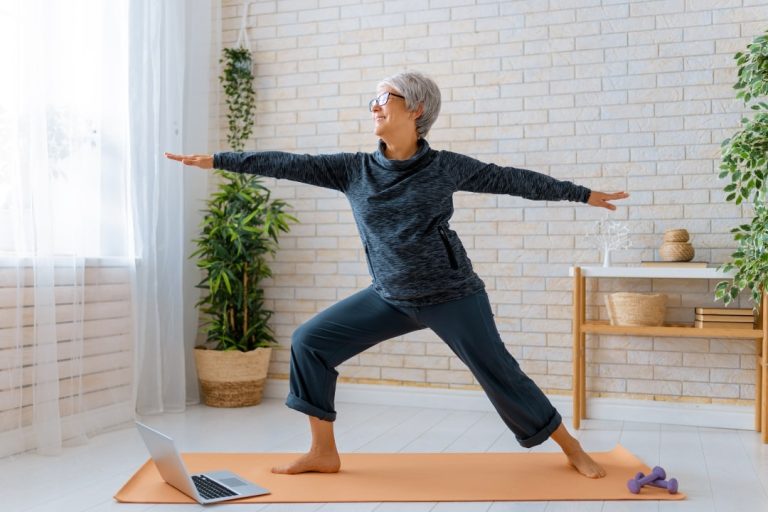
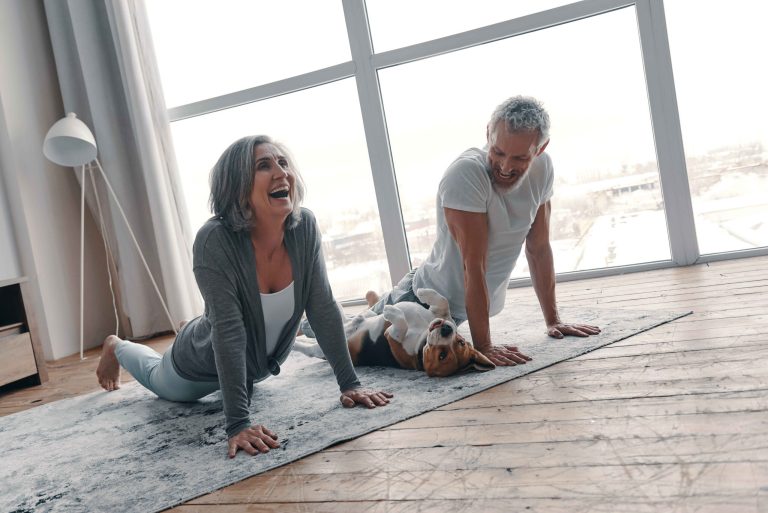

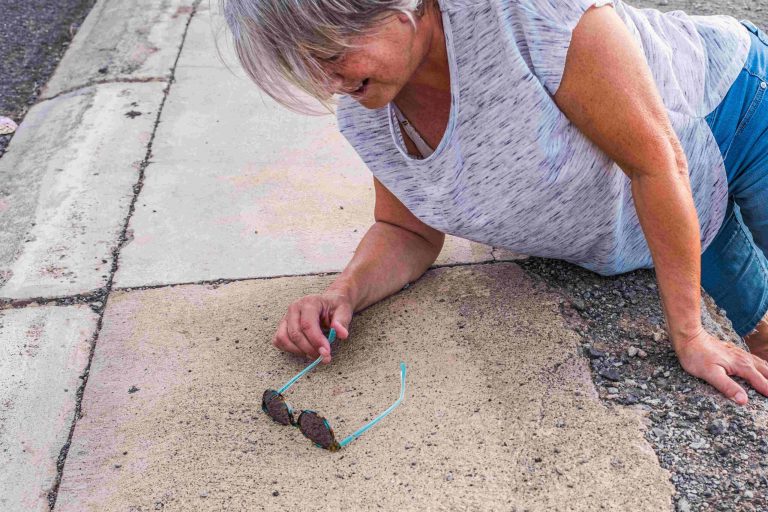
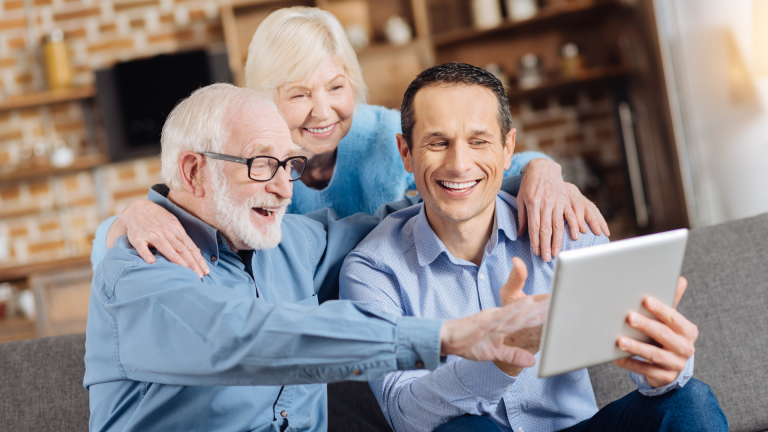
Great Article, thanks for sharing.